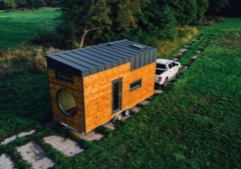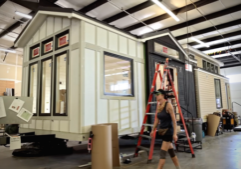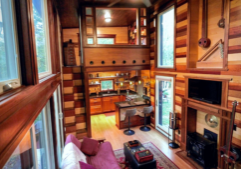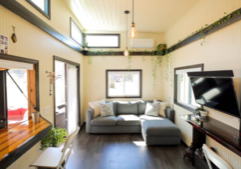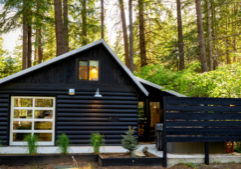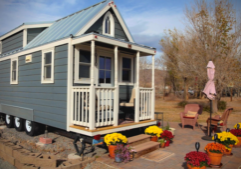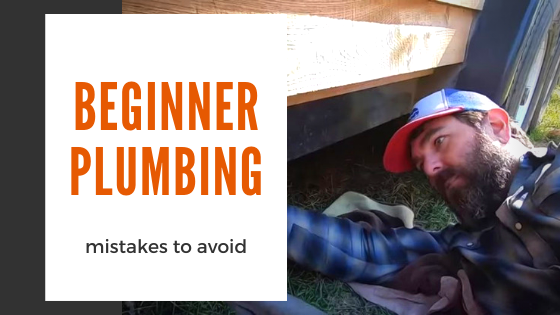
5 Easy-To-Avoid Beginner Plumbing Mistakes (and What to do Instead)
Building your own tiny home? Need plumbing repairs? Read this!
Performing plumbing tasks on your own is rewarding in more ways than one. Aside from the feel of satisfaction after a job well done, doing plumbing on your own will save you quite a bit of cash you’d otherwise spend on professional plumbing services.
Furthermore, a DIY plumber can quickly react and minimize the damages caused by leaks, preventing minor problems from becoming bigger. However, as a beginner plumber, you will lose quite a fair share of your nerves.
Although mistakes are in most cases unavoidable, today we’ll list five of the most prominent ones that beginners tend to make, especially in tiny homes, so that you can have a decent head start.
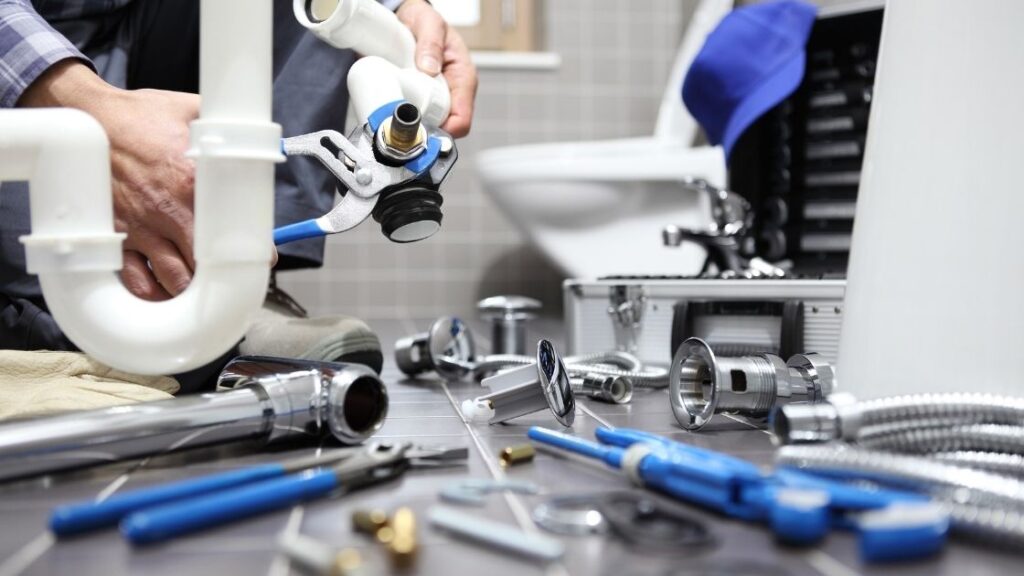
1) Using a combination of copper pipes with galvanized steel tubes
As you’ve been researching plumbing basics on the internet, you may have stumbled across articles that praise copper pipes. Consequentially, you may have decided to stock up on copper tubes without giving it much thought, and this is the first mistake that most rookies make.
Now, copper tubes do offer some benefits and aren’t the worst option in any way. They’re very durable and incredible fire resistant, lightweight, and most models won’t contaminate your water.
However, copper tubes will make your water have a bit of a metallic aftertaste, which is bad enough by itself even if you have access to the cleanest, least polluted freshwater.
Furthermore, copper pipes tend to be more expensive than tubes made from other materials. They are exceptionally vulnerable to acids, which means that even the weakest of chemicals will inevitably damage them.
You shouldn’t use copper tubes, especially with galvanized steel, because if these two materials make contact, both will start to corrode. This is pretty much unavoidable in tiny homes due to minimal available space, so the best way to go about this issue is to switch to another type of material.
If you’re living in a tiny portable home, you should install a plumbing system that resembles that of an RV. This means that you should get PEX tubes (polyethylene), as they’re marvelously easy to install and work with. Their superb flexibility and corrosion resistance make them an excellent long-term choice, although they’re physically pretty flimsy.
Another great option is CPVC (chlorinated polyvinyl chloride). It’s much sturdier than PEX, and it offers similar benefits, such as corrosion resistance, lightweight construction, and long-term reliability. However, it’s more difficult to install and work with.
2. Improper pipe positioning
The second beginner mistake that DIY plumbers make is installing the initial plumbing pipes on their own. The best way to learn more about plumbing is to work on smaller projects, and miniature problems in a controlled environment; installing the plumbing system takes both skill and experience that beginners lack.
If you’ve decided to do it anyway, there’s a chance you can pull it off correctly (to some degree). YouTube videos and tutorials can be particularly helpful in differentiating clearwater, gray, and wastewater pipes, as well as figuring the positions of hot and cold-water tubes.
Now, as a beginner plumber in a tiny home, you won’t have much space to work with, and that’s where experience makes the difference. Inexperienced plumbers will try to fit the pipes as close to the diagrams they’ve downloaded, oftentimes putting two tubes too close to each other.
No matter how messy the final version of the system may look, the main thing to consider is to have enough room to work with the pipes should a problem arise. Leave as much space as possible around connectors, fittings, beginnings, and ends of each tube.
3. Plumbing without insurance
A fairly normal DIY plumbing scenario features a beginner trying to tackle a minor challenge while watching online tutorials. There’s a chance that everything goes smooth, but there’s also an equal chance of critical failure where a problem becomes much bigger and harder to contain, which is typically followed by a series of linked disasters.
As mentioned before, mistakes are inevitable, and they’re excellent teachers. However, performing plumbing tasks on your own without the adequate tools, skills, and experience can be, and normally is very costly.
Having home insurance to back up your plumbing ventures will save you a lot of money while allowing you to try fixing these problems on your own. This is particularly helpful if you live in a smaller-sized home, as most insurance companies factor in the size of the house when determining the fees.
4. Using chemicals to fix clogged sinks and toilets
Drain cleaners can be lifesavers in certain situations, but if you use them too liberally, you’ll corrode or burn right through even the most durable of plumbing pipes. The corrosion-resistant quality of bronze, CPVC, and PEX tubes does not implicate that they’re impervious to acids and chemicals; it just means that they’re a bit more capable of handling small (and usual) quantities.
Consider using chemical-based cleaners only as a last resort. There are many alternatives at your disposal. For example, baking soda is often used in combination with hot water to clean clogged drains, although it’s certainly much slower (it needs to be left for hours on end before flushing).
5. Budget plumbing is more expensive in the long run
As a beginner plumber, you’ll have a hard time comparing the prices of different plumbing items and may opt for budget models thinking that they couldn’t be too different from their pricier counterparts. They could, and in the majority of cases, they most certainly are.
Cheap tubes break and corrode, and the same goes for fittings, sinks, toilets, and faucets. Speaking of which, one item that you should invest in is a faucet with a built-in filter, especially if you live in a city where tap water isn’t particularly clean.
In short, buying cheap plumbing items and tools will inevitably rack up your future expenses, so the best way to avoid all of these problems is to invest a bit more cash in your plumbing system.
Avoiding Beginner Plumbing Mistakes
We hope that this rundown was useful to you and that you’ve learned something new today on plumbing mistakes to avoid. Check out this article for more tiny house-specific plumbing guidance.
Make sure you are staying safe in these times we are all going through, and have a good one, guys!


